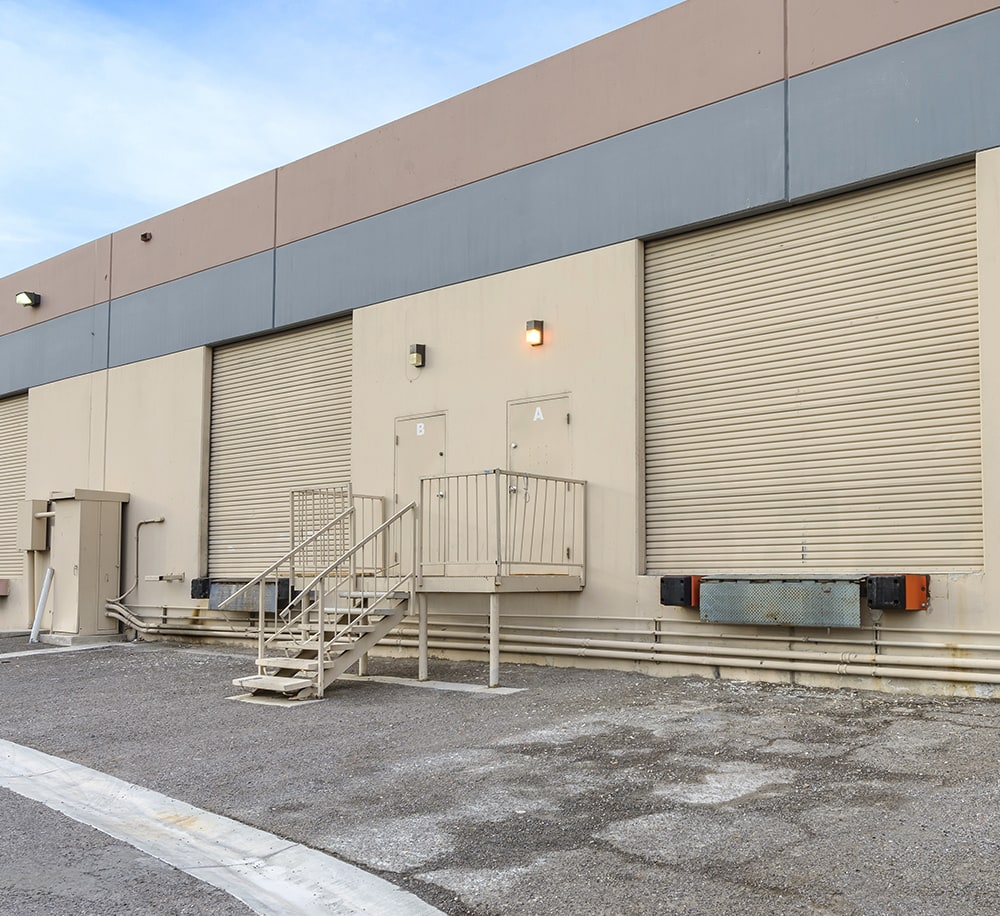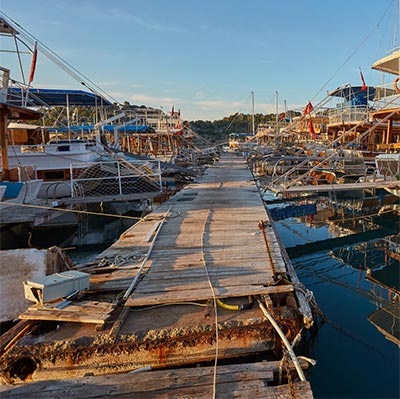Typical Concerns That Result In Costly Dock Repairs
Typical Concerns That Result In Costly Dock Repairs
Blog Article
Efficient Dock Fixing Techniques: Ensuring Structural Honesty
Making sure the architectural honesty of anchors through effective repair methods is vital for the longevity and security of marine centers. Ultimately, picking the appropriate repair service materials, such as corrosion-resistant alloys and composite materials, is critical for sturdiness.
Assessing Dock Damages
Assessing dock damage is an important initial step in ensuring the structural stability and security of any type of docking center. Key facets to check out include the dock's foundation, pilings, outdoor decking, and equipment (Dock Repairs).
Structural engineers or qualified inspectors typically carry out these analyses making use of specialized strategies and devices. Undersea inspections might utilize sonar devices or from another location ran cars (ROVs) to spot immersed damage. Above water, aesthetic inspections are complemented by utilizing moisture meters and various other diagnostic tools to uncover underlying concerns not immediately noticeable to the naked eye.

Choosing Fixing Materials
Picking the ideal repair work products is a crucial step in the dock reconstruction process, one that directly influences the longevity and performance of the fixed structure. Material option should be driven by aspects such as ecological conditions, load-bearing demands, and compatibility with existing dock parts. Wood is a standard choice for docks due to its natural durability and aesthetic appeal. Nevertheless, picking the ideal sort of timber, such as pressure-treated lumber or normally rot-resistant varieties like cedar or teak wood, is important to endure aquatic atmospheres.
Along with wood, composite materials are increasingly prominent because of their resilience and low upkeep needs. Compounds, normally made from a blend of plastic and wood fibers, offer exceptional resistance to rot, bugs, and UV damage. For steel docks, picking corrosion-resistant alloys such as galvanized steel or marine-grade light weight aluminum is important to prevent rust and ensure architectural honesty in saline water conditions.
Epoxy resins and marine-grade sealants are vital for repairing cracks and securing joints, offering a water-proof barrier and boosting the dock's overall toughness. By diligently choosing top notch materials, dock repair work can accomplish durable results, thereby safeguarding versus future destruction and making certain safe, trustworthy use.
Architectural Reinforcement Strategies
Reliable architectural support techniques are critical in guaranteeing the security and longevity of dock repair work. This technique is especially reliable for anchors exposed to heavy tons or harsh ecological problems.
An additional vital technique is the application of fiber-reinforced polymers (FRP) These materials use high strength-to-weight ratios and superb resistance to rust, making them ideal for reinforcing concrete or wood docks. FRP can be applied in sheets or strips and adhered with epoxy materials to boost structural stability.
Bracing and anchoring systems additionally play a vital duty in structural support. Cross-bracing, making use of steel or wood beams, can neutralize lateral pressures, lowering persuading and movement. Anchoring systems, such as helical piers or driven heaps, supply a secure foundation by moving loads to much deeper, extra stable soil layers.
Lastly, the integration of load-distribution plates can assist disperse weight more equally across the dock's surface, reducing local stress points. These techniques jointly guarantee that docks remain robust and risk-free, efficient in holding up against the rigors of discover this their functional environment.
Advanced Repair Service Methods

Another advanced technique involves undersea welding, which enables for repair work to be conducted without the need to dewater the area. This approach is specifically useful for resolving structural concerns in submerged dock components, ensuring very little disturbance to operations. Enhanced welding methods, paired with robotic systems, supply precision and integrity, consequently expanding the lifespan of the dock.
In addition, cathodic defense systems are carried out to stop corrosion in metallic dock structures. By utilizing sacrificial anodes or pleased existing systems, these methods properly minimize the electrochemical procedures that result in product damage.
Finally, progressed tracking innovations, such as here structural health and wellness surveillance (SHM) systems, supply real-time information on the condition of dock frameworks. These systems enable aggressive upkeep and prompt treatments, ultimately making certain the long-lasting structural stability of the dock.
Maintenance and Prevention
Upkeep and prevention are fundamental principles that underpin the long life and security of dock structures. Routine assessments are extremely important, enabling very early discovery of damage, possible weaknesses, and ecological influences. A positive technique, entailing regular checks for corrosion, rot, and structural shifts, minimizes costly repair work and prolongs the dock's functional life.
Safety nets ought to consist of applying safety finishings to steel parts to protect versus corrosion and making use of treated wood to stand up to degeneration. Additionally, guaranteeing correct drain and air flow can prevent water accumulation, which is a common cause of structural degradation. Including quality products and adhering to maker standards during construction and fixing phases likewise play vital roles in enhancing durability.

Training workers in dock upkeep ideal practices guarantees constant application of preventative measures. Leveraging technological advances, such as drones for evaluations and sensors for real-time surveillance, can further improve maintenance efforts. By focusing on upkeep view and prevention, dock owners can make certain architectural stability, functional security, and cost-effective management over the dock's lifespan.
Verdict
In verdict, preserving the architectural honesty of aquatic facilities demands detailed dock repair methods. Extensive evaluations making use of sophisticated tools discover both visible and concealed problems, while the selection of appropriate fixing materials enhances sturdiness. Carrying out architectural reinforcement methods addresses stress factors properly. Advanced fixing methods, paired with normal upkeep methods, make sure the dock stays functional and safe under diverse ecological problems. Taking on these strategies significantly extends the life-span and performance of aquatic framework.
Guaranteeing the structural integrity of docks via reliable fixing strategies is paramount for the durability and safety and security of marine facilities.Choosing the ideal fixing materials is an essential action in the dock restoration process, one that straight affects the durability and performance of the repaired framework.Efficient structural reinforcement strategies are important in making certain the security and long life of dock repairs. By prioritizing upkeep and avoidance, dock owners can make sure architectural stability, operational safety and security, and affordable management over the dock's life-span.
In conclusion, preserving the structural stability of aquatic centers requires thorough dock repair work techniques.
Report this page